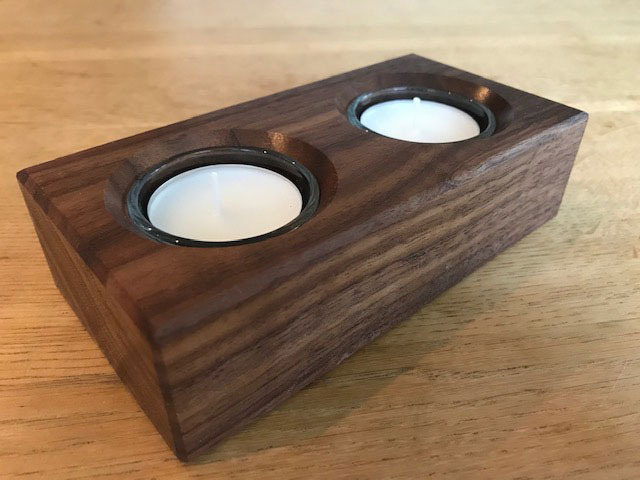bp122
Expert at Jibber-Jabber
Hi all
I have managed to make a tea light holder as my first gifting project - which is a block made of oak slabs sandwiched between Sapele (what I had lying around)
Considering Sapele has a nice dark brown-ish colour, I want something that enhances that colour and improves its contrast with Oak (didn't plan this terribly well, but I'm going with it anyway)
Couple of issues I have had:
1. No blooming idea as to what to use to finish it with. Lots of suggestions online - Shellac, Danish Oil, Tung Oil, Poly, varnish, thinned down varnish, boiled linseed oil, wax - but haven't found an silly person's guide of what is for what that is simple enough to read and not get a migrane!
2. I may have not left enough time for the projects (as I have a few more to make and a full time job and booked up weekends) as I didn't know finishing would take days (waiting for hours and hours between coats etc.)
Now, I know and understand that there is an advanced search function on this website, but I can't seem to find an article that is close enough to my predicament and inexperience and the kind of projects I want to finish.
Any suggestions will be greatly appreciated, especially if there is something that works in my favour with the shortage of time, as I am working in the evenings at the moment to "meet the demand"
I am after a moderate to glossy finish that doesn't need to withstand gunfire, but enough to withstand everyday "tea light holder" abuse.
Please help
I have managed to make a tea light holder as my first gifting project - which is a block made of oak slabs sandwiched between Sapele (what I had lying around)
Considering Sapele has a nice dark brown-ish colour, I want something that enhances that colour and improves its contrast with Oak (didn't plan this terribly well, but I'm going with it anyway)
Couple of issues I have had:
1. No blooming idea as to what to use to finish it with. Lots of suggestions online - Shellac, Danish Oil, Tung Oil, Poly, varnish, thinned down varnish, boiled linseed oil, wax - but haven't found an silly person's guide of what is for what that is simple enough to read and not get a migrane!
2. I may have not left enough time for the projects (as I have a few more to make and a full time job and booked up weekends) as I didn't know finishing would take days (waiting for hours and hours between coats etc.)
Now, I know and understand that there is an advanced search function on this website, but I can't seem to find an article that is close enough to my predicament and inexperience and the kind of projects I want to finish.
Any suggestions will be greatly appreciated, especially if there is something that works in my favour with the shortage of time, as I am working in the evenings at the moment to "meet the demand"
I am after a moderate to glossy finish that doesn't need to withstand gunfire, but enough to withstand everyday "tea light holder" abuse.
Please help














